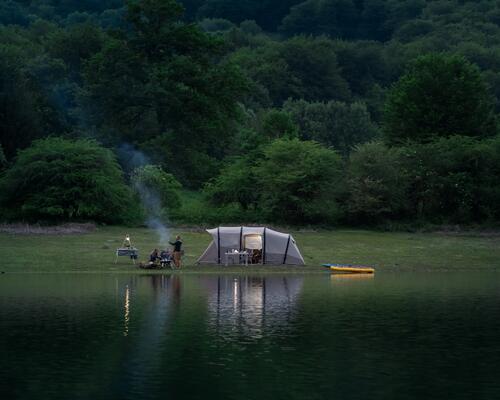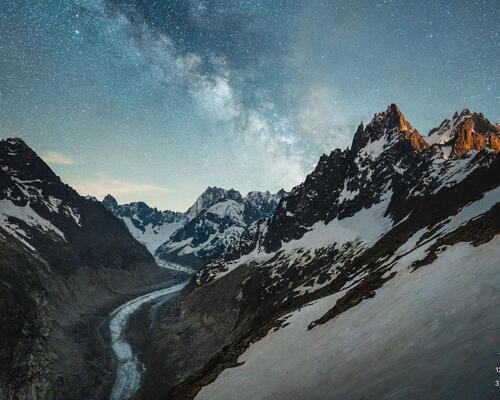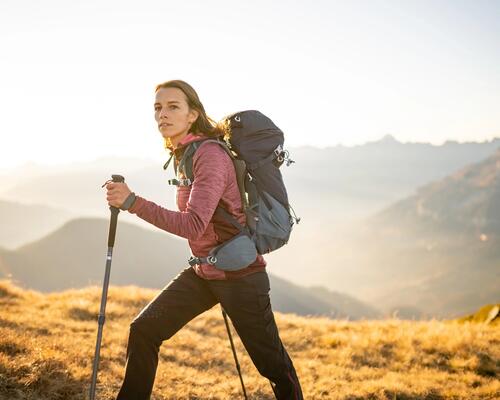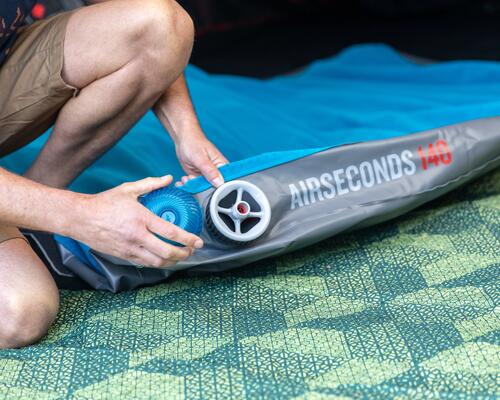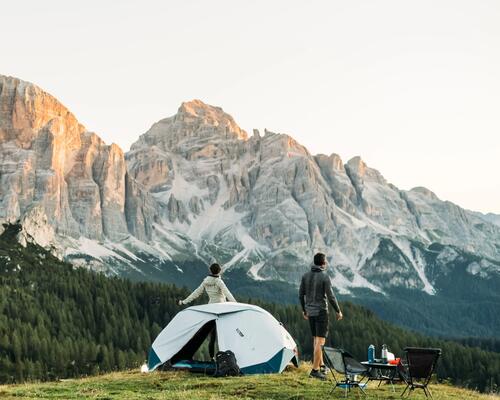How to choose the right equipment
Whether you're setting off on a 2 day-long trek, or just escaping for the evening, it's important to prepare the right equipment to ensure you enjoy your experience!
It might be that you have to prioritise lightweight equipment that's easy to carry. Or perhaps you can afford to allow yourself more comfort
The first essential item is obviously your sleeping bag! Select it according to the outside temperature in which you will be sleeping. This depends on the season but also the altitude and humidity of the place where you are going to sleep, inform yourself beforehand! Nights are cool in the mountains and especially given the altitude we recommend a sleeping bag with a comfort temperature of at least 0°C, it's better to be too hot than too cold!
Tip: in order to withstand moisture and dew think about equipping yourself with a sleeping bag with water-repellent fabric or else an outer bag. And to ensure your sleeping bag lasts as long as possible, and to stop it getting smelly, we advise you to opt for a sleeping bag sheet so that you can wash the inside of your bag.








